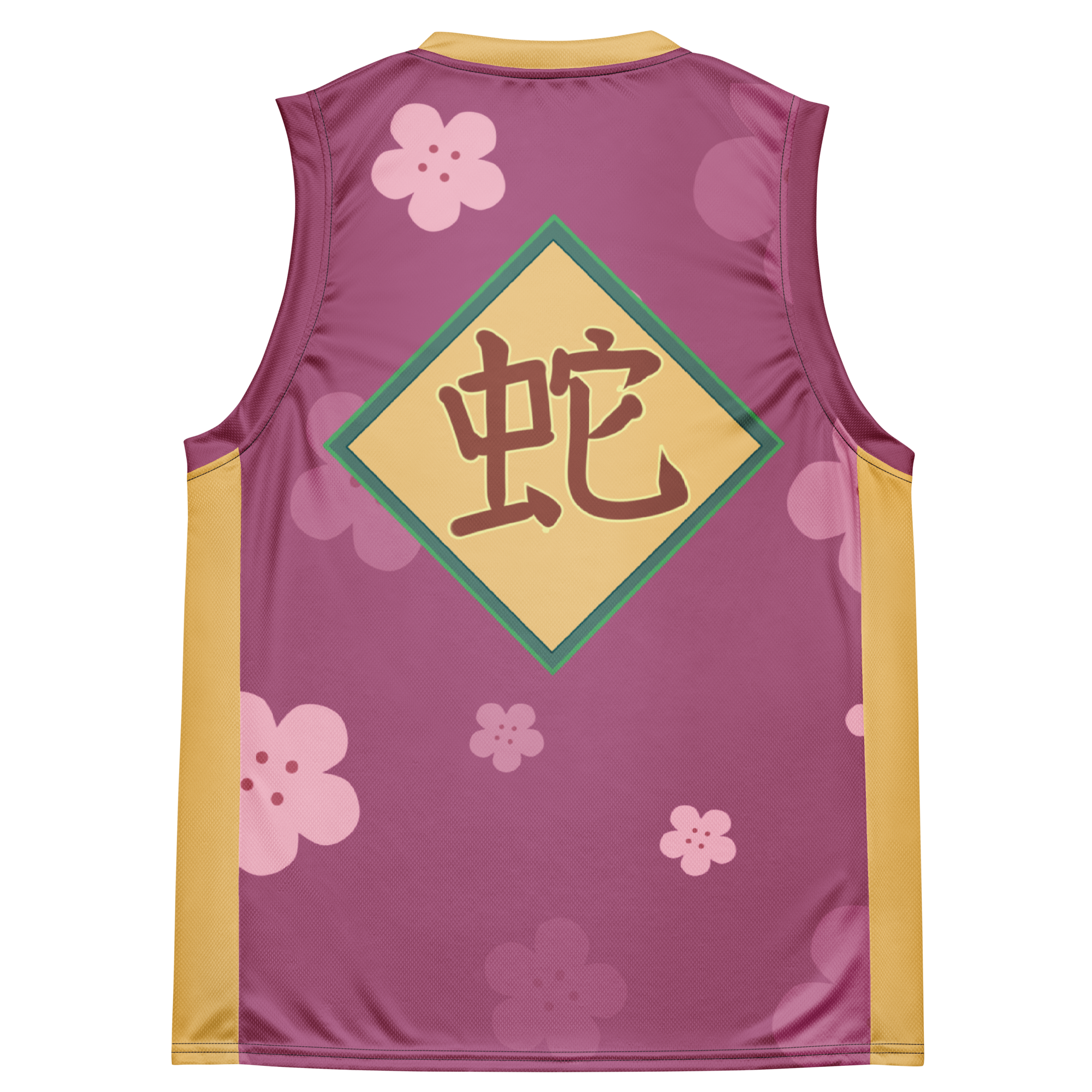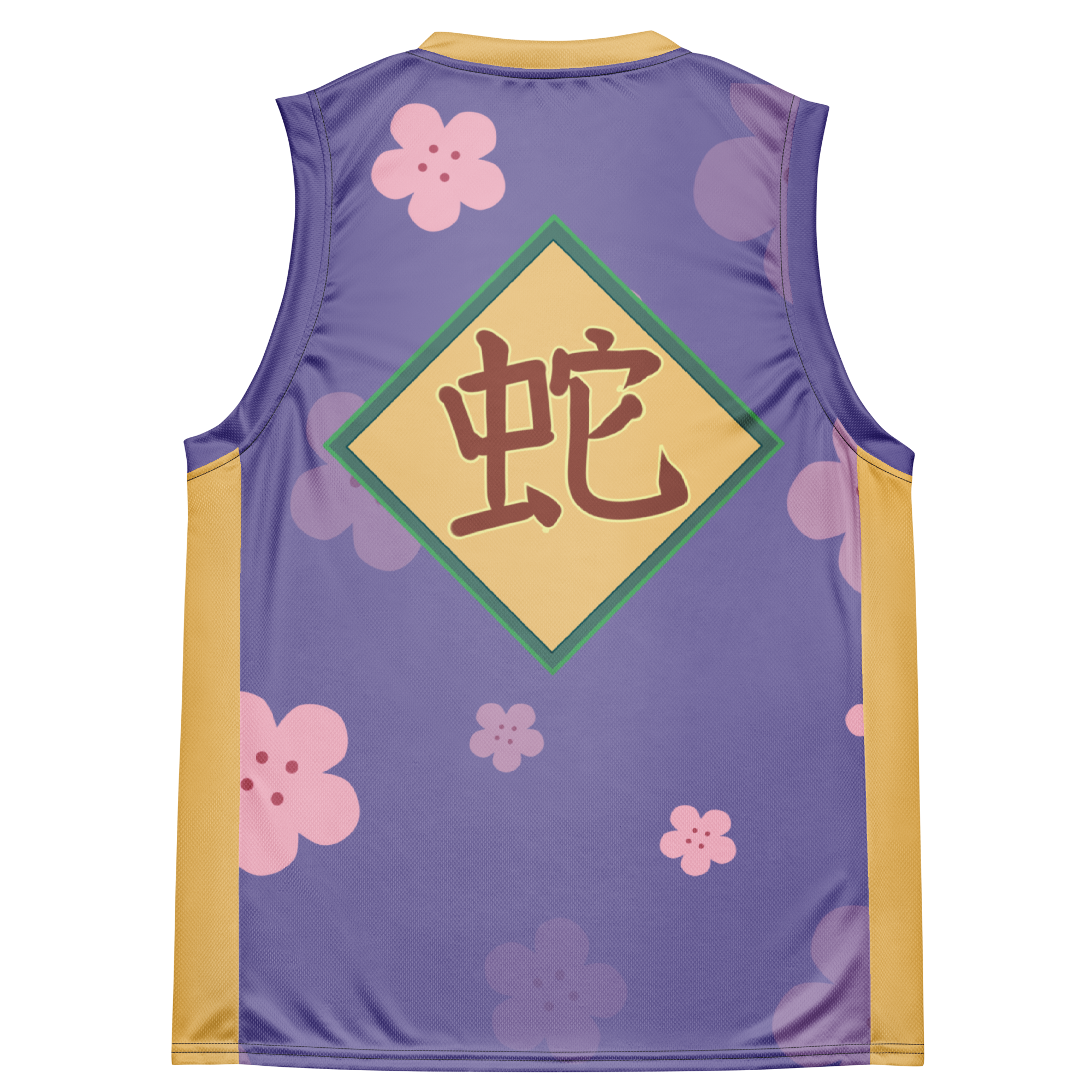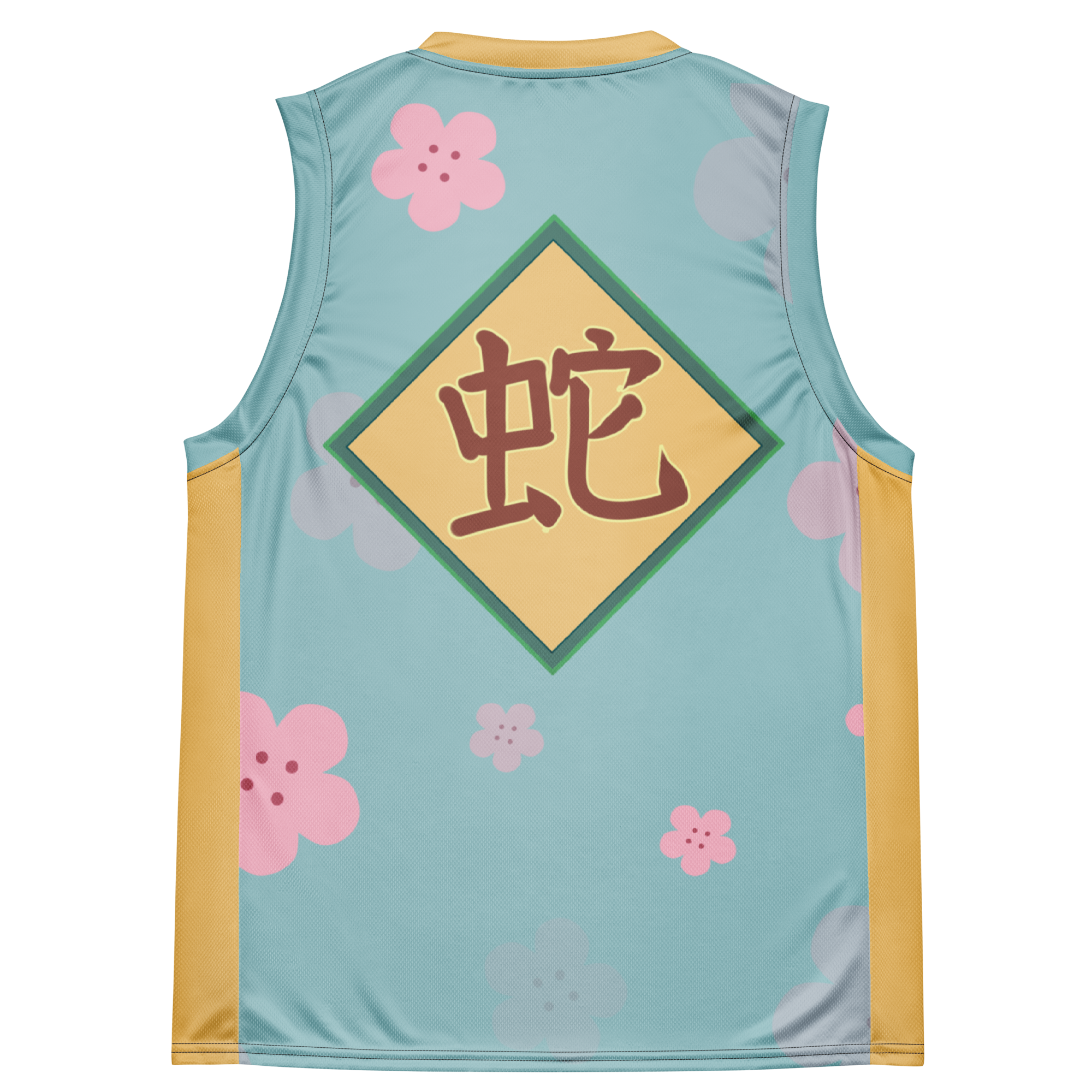5 Surprising Ways Japan Boosts Your Physical Health: Walk Your Way to Wellness

Picture this: you’re strolling through a picturesque Japanese town, where the average life expectancy is just shy of 85 years (and still slowly increasing). That’s not by accident—Japanese culture emphasizes wellness in an incredibly unique and effective way. Be it through their diet, daily activities, or centuries-old traditions, Japan seems to have health and longevity down to a science.
Some say it's in the genes, noting that specific genes like DNA 5178 and ND2-237Met ND genotype may protect against some adult-onset diseases (Age Watch).
Before diving into some serious health secrets, let's give a heartfelt bow to the five unique Japanese habits we’ll be exploring. Spoiler alert: they’re surprisingly simple but super effective.
First up, we’ll chat about the walking culture—Japan’s unofficial national pastime. Then we'll whet your appetite with a look at their nutritious cuisine. Third, we’ll savor the benefits of umami, the mystical fifth taste. After that, we'll explore mindful eating and portion control. Lastly, we’ll unwind with some stress-reduction practices. Intrigued yet?
So, why should you care about adopting Japanese lifestyle elements? Let’s break it down. The typical Japanese diet is a masterclass in balance—high in fresh, seasonal ingredients and low in processed foods and sugars. A steady diet of vegetables, seafood, and whole grains can boost your longevity and enhance your overall wellbeing (Times of India).
But it’s not just about what goes onto your plate. Integrating daily exercises like walking and cycling, and practicing stress-reduction techniques can work wonders for your mental and physical health (Global Wellness Institute). By incorporating these elements into your life, you could see a myriad of benefits.
For instance, adopting the walking culture could elevate your steps to a jaw-dropping 20,000 per day, dramatically improving cardiovascular health. Shifting to a Japanese diet can minimize your intake of unhealthy fats while maximizing lean proteins and essential nutrients (Nature Journal).
And don't underestimate the power of mindful eating—it can seriously up your game in weight management and mental clarity. Ready to get started? Stick around, as each chapter will provide deep dives into these practices, giving you actionable tips to incorporate them into your own life.
Your journey toward wellness, fueled by Japan’s best-kept secrets, is just beginning!
1. Walking Culture: Step Your Way to Better Health
So, you're fancying a stroll? In Japan, that's a normal part of daily life. The Japanese culture places a significant emphasis on walking. Unofficially crowned as the nation of countless strolls, the average Japanese person logs about 20,000 steps per day. Talk about hefty step goals! This love for walking is not just about commuting but integrates with every aspect of their daily routine.
The Health Benefits of Walking: Breaking It Down
Cardiovascular Health
Ever heard that walking is just as effective as running for your heart? You got it! Regular walking briskly increases heart rate, improves blood circulation, and helps lower blood pressure. According to a study from Harvard, simply walking can lower the risk of heart disease by 19% (Harvard Nutrition Source).
Weight Management
Another perk? Walking aids in weight management. It’s not just about burning calories, which it does—30 minutes of brisk walking can burn approximately 150 calories. The key lies in making it a daily habit. Studies indicate that consistent walking helps in preserving lean muscle and reducing belly fat (Healthline).
Japan's Daily Steps: Can You Keep Up?
Walking might sound like a low-effort activity, but try clocking in 20,000 steps! That’s the average step count in Japan, nearly triple the average of many Western countries. This not only keeps their legs fit but their hearts too.
Older adults who walk three to four miles a day, that's around 6,000 to 9,000 steps, can be 40 to 50 percent less likely to suffer from a heart attack or stroke (Washington Post).
Why Walking Works: The Science
Walking is the closest thing to a fitness panacea as it gets. It’s accessible, poses little risk of injury, and requires no fancy gear. It’s also effective for cardiovascular disease prevention, supporting both clinical biomarkers and improving clinical measures.
Research published in medical journals shows that walking appears effective at reducing cardiovascular risk in diverse populations (NCBI).
How to Japanese-ify Your Walk
Here’s how to catch up to the Japanese:
-
Start Small: Begin with a goal of 10,000 steps per day and incrementally increase it.
-
Mix it Up: Walk to work, take the stairs, or park farther from your destination.
-
Socialize on Foot: Instead of sitting at a café, walk and talk.
Conclusion
Ready to lace up those sneakers? Integrating more steps into your day isn’t just a trend, it’s a time-tested tradition with profound health benefits. So, why not take a leaf from the Japanese lifestyle and step your way to better health? After all, as they say, a journey of a thousand miles begins with a single step.
2. Nutritious Japanese Cuisine: Eat Your Way to Wellness
When it comes to eating for wellness, Japan has nailed the formula. With a traditional diet that screams "fresh and unprocessed," it's no wonder the Japanese are known for their health and longevity. If you’re thinking Japanese cuisine is all about sushi, hold onto your chopsticks!
There’s more to it than you might think. The heart of the Japanese diet lies in its simplicity. Think of small dishes loaded with lean proteins from fish and soy, an abundance of vegetables, minimal use of refined ingredients, and little to no added sugar. This diet approach doesn’t just keep your waistline in check, it’s also a powerhouse for nutrients like omega-3 fatty acids, vitamins, and antioxidants.
Such a nutrient-dense diet assists in delaying aging, preventing chronic diseases, and even prolonging life expectancy [source].
Fresh, Unprocessed Ingredients and Balanced Meals
A key factor that makes the traditional Japanese diet so beneficial is its reliance on fresh and unprocessed ingredients. Hello, nutrient-boosters! With staples that include rice, a variety of cooked and pickled vegetables, and minimalistic meat portions, every meal is balanced down to the last bite.
Japanese meals are carefully structured to provide a well-rounded intake of proteins, carbohydrates, and a rainbow of vitamins and minerals that support overall health [source].
Abundance of Vegetables
You can't walk into a Japanese meal without encountering a plethora of veggies. From leafy greens to root vegetables, the emphasis on a plant-centric diet ensures that your body gets a heavy dose of antioxidants and essential nutrients. These elements play vital roles in boosting physical health and fending off diseases like cancer and heart disease [source].
Role of Fish and Soy
Seafood, particularly fish, is a hero in the Japanese diet saga. Packed with omega-3 fatty acids, fish aids in reducing inflammation, improving cardiovascular health, and even supporting brain function.
But fish isn’t the only star; soy-based products like tofu and natto bring high-quality protein and health-boosting isoflavones to the table. These not only lower blood pressure but also minimize the risk of heart disease [source][source].
The Wonders of Green Tea
No discussion about Japanese nutrition is complete without mentioning green tea. This antioxidant-loaded beverage is consumed multiple times a day in Japan and offers incredible health benefits.
Green tea is known to assist in weight management, improve mental acuity, and lower risks of several chronic diseases. It's like the golden elixir of wellness, which you can easily incorporate into your daily life [source].
By embracing these elements of the Japanese diet, you’re not just eating; you’re nourishing your body. Inspired yet? Stay tuned to unpack more health secrets from Japan, because we’re just getting started!
3. Umami: The Taste of Health
Introducing Umami: What Exactly Is It?
Umami, known as the fifth basic taste alongside sweet, sour, salty, and bitter, is often described as a savory or meaty flavor that enhances the overall palatability of food.
The term "umami" originates from Japanese, translating roughly to "delicious savory taste." It's primarily attributed to the presence of three compounds found in both plant and animal products: glutamate, inosinate, and guanylate[WebMD].
Elevating Flavor without the Extra Calories
Umami has a unique ability to heighten the flavor profile of foods without adding extra calories. This is a game-changer for those wanting to enjoy delicious meals without the guilt.
For example, traditional Japanese dishes such as miso soup and dashi rely on the umami flavor from seaweed and fish to create rich, satisfying meals with fewer calories[NCBI].
Moreover, umami can make healthier food options, like vegetables and lean proteins, taste far more appealing. Picture a vibrant veggie stir-fry bolstered with a splash of soy sauce; the umami works its magic by reducing the perception of bitterness[MSGdish].
Enhancing Satiety and Digestive Health
The benefits of umami extend beyond just flavor. Research indicates that umami enhances satiety, meaning it helps you feel full sooner and stay full longer[ScienceDirect].
For instance, participants who consumed umami-enriched soups reported a quicker onset of fullness and ended up eating less during subsequent meals[MSGdish]. Furthermore, umami can improve oral and digestive health. Enhanced salivary flow, stimulated by umami, aids in the overall digestion process[PubMed].
This is particularly beneficial for the elderly, who often experience a decrease in salivation and appetite. By infusing their diets with umami-rich foods, we can help maintain their nutritional intake and overall well-being[PubMed].
Key Takeaways
-
Savory and Satisfying: Umami enriches the flavor of foods, making healthy choices more appetizing without the need for added fats or sugars.
-
Calorie-Conscious: By amplifying flavors, umami allows for delicious low-calorie meals, aiding in weight management.
-
Health Benefits: Enhances satiety and promotes digestive health, especially important for maintaining overall well-being among the elderly.
As we venture deeper into Japanese health-boosting secrets, it's clear that understanding and incorporating umami into your diet can provide a flavorful and healthful edge. Next up, we'll look at how portion control and mindful eating practices can further enhance our journey to wellness.
4. Portion Control and Mindful Eating
Ever wondered why you feel like taking a nap after that big meal? Overeating might be the culprit. The Japanese have mastered the art of eating in moderate amounts.
Unlike the all-you-can-eat buffet culture in many parts of the world, Japanese meals focus on smaller portions. Studies show that reducing portion sizes can help manage weight effectively and keep those health issues at bay [WebMD].
The 'Hara Hachi Bu' Approach
One of Japan's best-kept secrets for maintaining a healthy weight is practicing 'hara hachi bu,' which translates to eating until you are 80% full. It's a simple but effective way to prevent overeating.
This practice is rooted in Okinawa, where residents enjoy some of the longest lifespans in the world. Research suggests that this habit not only helps with weight management but also improves digestion and reduces bloating [NCHMD].
The Benefits of Eating Slowly and Mindfully
With our fast-paced lifestyles, eating has become just another task on our to-do list. But the Japanese take eating seriously, focusing on every bite. Using chopsticks, you can't gobble down food too quickly.
This slower pace allows your brain to catch up with your stomach, signaling fullness before you overeat [Time].
Chopsticks: The Ultimate Mindful Eating Tool
Eating with chopsticks is a game-changer. It requires you to pick up smaller bites, chew more, and actually savor your food. Research shows that diners tend to eat less when using chopsticks instead of forks or spoons, which helps in controlling portion sizes and making meal times a more mindful experience [Time]. Plus, it's a fun skill to master!
Diverse and Balanced Meals
Japanese meals are typically composed of multiple small dishes rather than one large serving. This method encourages variety without overindulgence.
You get a balanced diet, loaded with nutrients from different food groups without feeling stuffed.
The 'soup and three' rule is a common practice, where meals include a variety of small dishes, such as soup, a main dish, and a few sides [Lucky Fit].
The Impact on Weight Management
Portion control and mindful eating are not just about staying slim; they are about fostering a sustainable and balanced approach to eating. This methodology helps in preventing the risk of obesity-related diseases and improving overall health metrics.
By combining these practices with a nutrient-dense diet, you're setting yourself up for a long, healthy life [WebMD].
Takeaways for Your Meal Practices
-
Adopt the 'hara hachi bu' approach: Stop eating when you feel 80% full.
-
Use chopsticks to slow down your eating pace.
-
Try to incorporate diverse, small portions into your meals.
-
Aim for a balanced, nutrient-rich diet encompassing all food groups.
With these simple yet effective steps, you can embrace a Japanese-inspired eating habit that promotes mindfulness, balance, and overall well-being.
For a deeper dive into Japanese eating habits and their benefits, check out Mayo Clinic's Guide to Portion Control.
5. Stress Reduction through Japanese Practices
Japan’s treasure trove of stress reduction techniques is like sushi for the soul—nourishing, refreshing, and deeply satisfying. By incorporating elements like onsen (hot springs) and forest bathing, you can find the balance you need amid the chaos of modern life.
Let’s unravel how these practices can up your relaxation game and why the Japanese way of balancing work and life is something to emulate.
The Magic of Onsens: Hot Springs That Heal
Onsens, or Japanese hot springs, aren’t just about soaking in warm, mineral-rich waters. They’re about unwinding both body and mind. Onsens help remove dirt and impurities, promote relaxation and sleep, improve blood circulation, and even alleviate joint and muscle pain (Let’s Relax Spa) . Consider carving out some time for a steaming soak — it's like brewing a cup of calm for your mind and body.
Benefits of Onsen
-
Keeps your body clean by removing dirt and impurities
-
Promotes relaxation and sleep
-
Improves blood circulation
-
Lessen joint and muscle pain
-
Burns calories
-
Improves skin conditions
-
Boosts alertness and activity
Shinrin-Yoku: The Forest is Your Therapist
Shinrin-Yoku, or forest bathing, takes you back to nature, urging you to engage all your senses amidst the trees. Studies show that Shinrin-Yoku reduces blood pressure and heart rate, and decreases stress-related hormones like cortisol (NCBI) . It’s a simple yet profound way to achieve calm.
Benefits of Forest Bathing
-
Improves sleep quality, mood, and ability to focus
-
Reduces stress levels
-
Decreases anxiety, depression, and insomnia
The Ultimate Work-Life Balance
Japan isn't perfect—its work culture is infamous for its high pressure. However, recent strides have been made to address work-life balance issues. Government reports show that Japan faces a crisis of insufficient sleep linked to depression and anxiety (HRM Asia) .
Work-Life Harmony Tips
-
Encourage a routine to disconnect from work
-
Practice daily relaxation techniques
-
Engage in activities that promote both physical and mental well-being
By immersing yourself in these Japanese stress reduction techniques, you can create a more balanced, harmonious life. These methods not only contribute to physical well-being but also to a resilient and peaceful mind.
So, whether it's getting lost in a forest, soaking away your worries in a hot spring, or striking a better work-life balance, taking a leaf out of Japan's wellness handbook is a step in the right direction.
Remember, health is a journey, not a destination. Keep moving, keep eating well, savor your food with umami, portion control wisely, and don’t forget to unwind. Your future self will thank you for it.
Conclusion
Let's take a stroll down memory lane and recap the gems from Japan's treasure trove of wellness hacks. First off, we explored the walking culture in Japan, where averaging 20,000 steps a day is pretty standard. This pedestrian lifestyle is more than just a way to get around; it’s a free, accessible exercise that fortifies cardiovascular health and helps maintain a healthy weight source.
Then, we took a bite out of Japan’s nutritious cuisine. The traditional Japanese diet is fresh, unprocessed, and nutrient-rich, featuring staples like vegetables, fish, soy, and green tea. These elements boost longevity and lower the risk of chronic diseases source.
Umami, the mysterious fifth taste, was our next stop. This savory flavor makes healthy meals delicious without piling on extra calories. Umami not only helps keep you satisfied but also promotes digestive health source. On the topic of mindful eating habits, Japan's portion control practices like 'hara hachi bu' teach us to eat until just 80% full.
Combine that with the deliberate use of chopsticks and several small dishes, and you have a formula for avoiding overeating and improving digestion source.
And let’s not forget stress reduction techniques like onsen and forest bathing. These practices connect mind, body, and spirit, offering a holistic approach to unwinding and promoting mental clarity alongside physical health source.
Incorporating Japanese Wellness into Your Life
You don’t have to pack your bags and move to Japan to integrate these principles into your routine. Start small; even the tiniest tweaks can lead to transformative changes.
-
Walk More: Park further away, or take a daily stroll. Just put one foot in front of the other.
-
Eat Mindfully: Opt for fresh, unprocessed foods, and remember 'hara hachi bu'. Your gut will thank you.
-
Explore Umami: Add umami-rich foods like mushrooms, tomatoes, and seaweed into your meals.
-
Practice Mindful Eating: Use smaller plates and chopsticks to slow down your eating pace.
-
Embrace Nature: Take time to unplug and connect with nature, whether it's through hiking or a simple walk in the park.
Long-term Benefits of Embracing These Practices
Adopting these Japanese wellness practices takes practice, but the potential benefits are well worth the effort. You may notice improved cardiovascular health, a healthier weight, better digestion, and greater mental clarity.
Moreover, these practices could significantly extend your lifespan while enhancing the quality of your years. By embracing Japanese wellness principles, you are investing in a holistic approach that benefits both mind and body.
Remember, it's all about balance and making small, consistent changes. Here’s to a longer, healthier, and more Zen-inspired life! Cheers to taking the Japanese way, one step at a time!










































Leave a comment